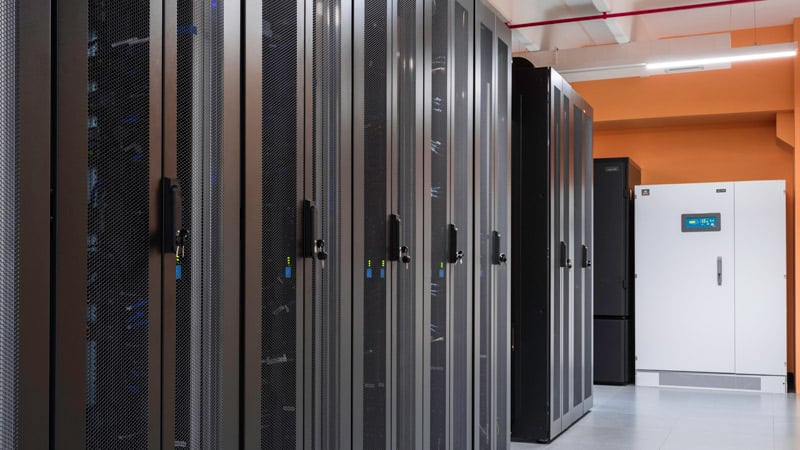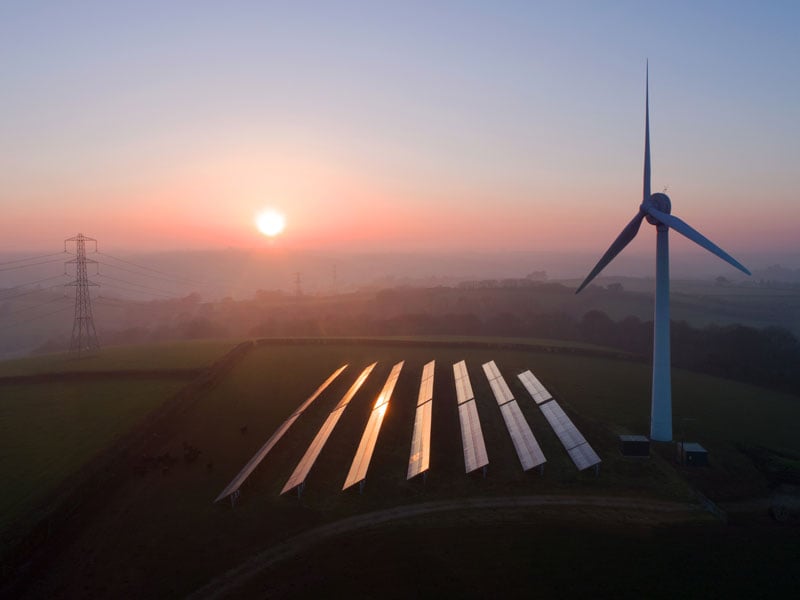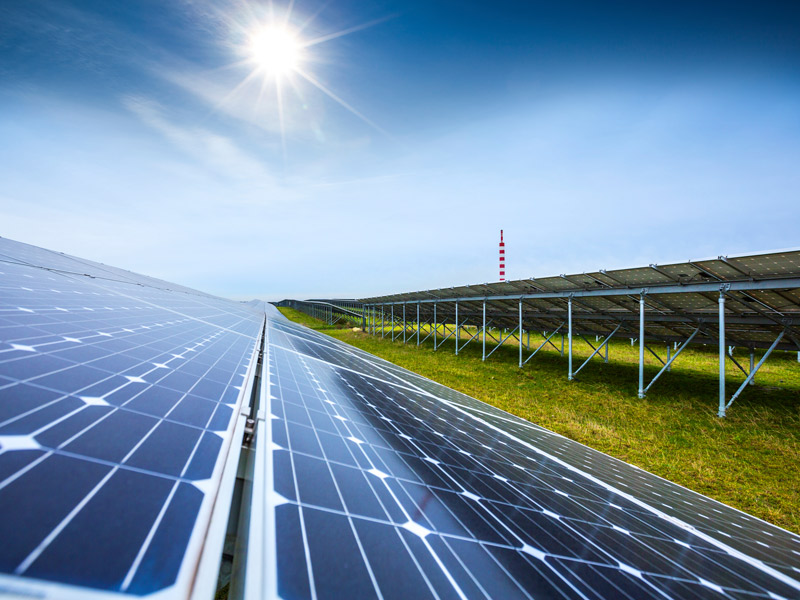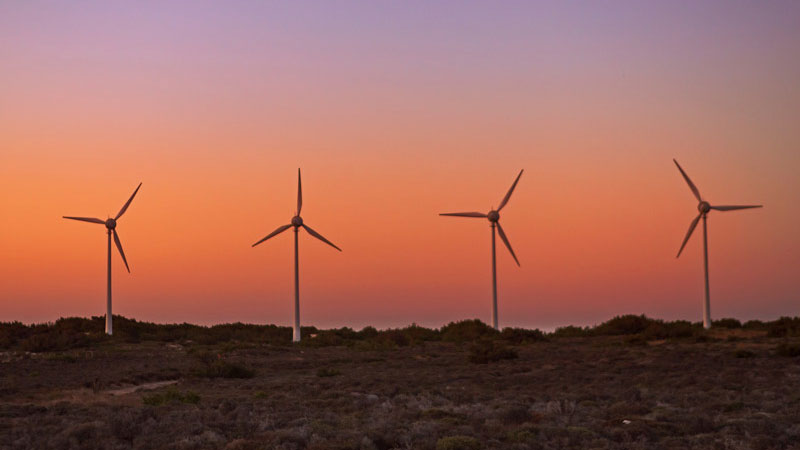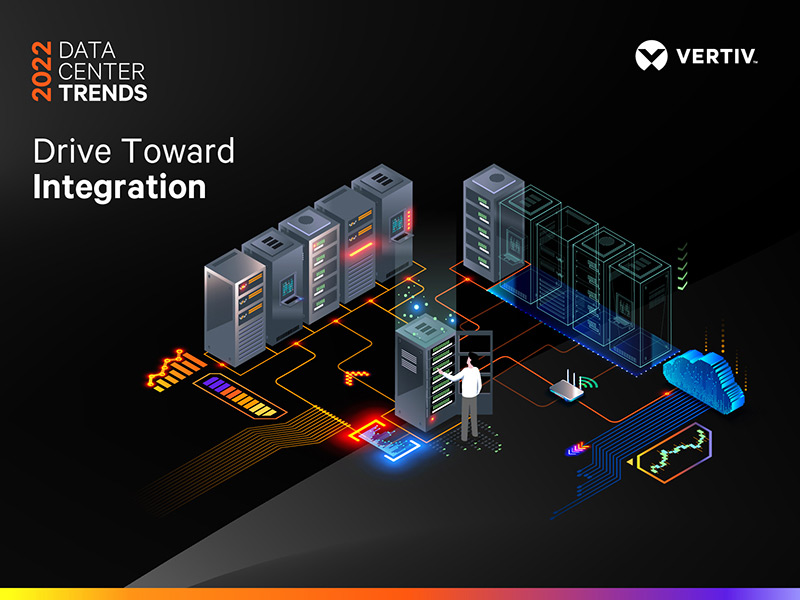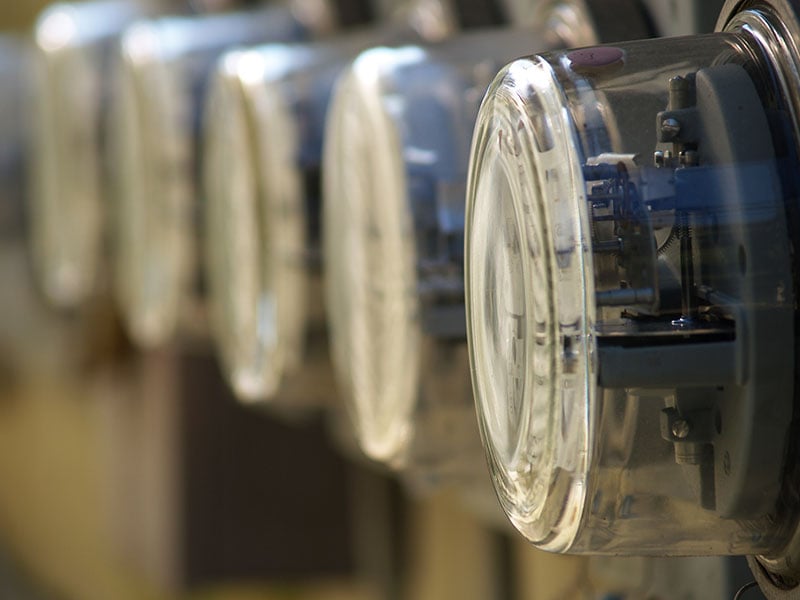The effects of data center energy consumption have been at the forefront of decision-makers’ minds for years, and while recent public pushback has given some cause for concern, data center operators are more ready than ever to deploy strategies that address climate and sustainability issues with urgency.
After the pandemic induced a paradigm shift and changed nearly all aspects of daily life, the data center industry spent the better part of the last two years trying to support IT systems and help businesses meet the unprecedented demand for remote work, e-commerce, and other essential technology. Surprisingly, during this time the pandemic also shined a light on additional issues of business continuity, particularly regarding the environment and climate crisis. As the situation grows in urgency, Vertiv’s experts predict that many organizations will make data center sustainability a top priority in 2022. But industry leaders will need to bring new perspectives and ideas if they wish to bridge the gap between accelerated digital demands and mitigating their environmental impact.
We’ve already seen the industry, particularly the major hyperscalers and cloud providers, respond to these types of data center environmental sustainability concerns with ambitious water neutral and zero carbon initiatives. Google announced its goal of employing only carbon-free energy sources by 2030, while Microsoft set an ambitious goal to be carbon negative and water positive by 2030. Vertiv expert expect many more organizations to utilize digital solutions that match energy use with 100% renewable energy and ultimately operate solely on sustainable energy. Hybrid distributed energy systems can provide both AC and DC power, which adds options to improve efficiencies and eventually allows data centers to operate carbon-free.
These sustainability initiatives will undoubtedly contribute to lessening the long-term carbon footprint of these organizations, but data center and telecommunications operators will also need to deal with some of the climate dangers currently wreaking havoc and dominating news cycles. For example, the United States experienced its hottest summer on record, and in the first nine months of 2021 alone, it experienced 18 separate billion-dollar weather and climate disaster events. According to an Uptime Institute report from March 2021, three in five respondents believe there will be more IT service outages as a direct result of the impact of climate change, and nearly 90% think climate change will drive up the cost of data center infrastructure and operations over the next 10 years. Therefore, extreme weather events related to climate change will likely influence decisions around where and how to build new data centers and telecommunications networks for years to come.
Current Setbacks for Meeting Sustainability Goals
There is still much work to be done when it comes to how organizations track their sustainability efforts. According to the Uptime Institute’s 11th annual Global Data Center Survey, only about half of data center managers track water usage at any level, and only a third monitor the impact of carbon or e-waste.
One thing is clear: This is about more than energy efficiency. In 2021, the average annualized power usage effectiveness (PUE), which is the main measure of data center efficiency, is at 1.57 compared to 1.59 in 2020 according to the Uptime Institute, an indication that overall efficiency levels have plateaued. This almost certainly is true in legacy data centers. The Uptime Institute’s report presents the same conclusion, stating “Even as a growing number of new builds sport design PUE of 1.3 or better, it is not economically or technically feasible for many operators to perform the major overhauls needed for better efficiency in many older facilities. Further improvements will require significant change.”
The survey also concludes that organizations will need to widen the scope of the metrics they track if they wish to benchmark their sustainability progress more accurately. This includes measuring and tracking server utilization, water usage, IT or data center carbon emissions, and e-waste or equipment life cycle.
Technologies Driving Change in 2022
If organizations wish to have more sustainable, resilient, and reliable outcomes, experts expect the following technologies to take center stage: fuel cells, renewable assets, and long-duration energy storage systems, including battery energy storage systems (BESS) and lithium-ion batteries.
A major expansion of the lithium-ion recycling infrastructure in North America is finally on the horizon, as multiple companies have secured major public and private funding in the market. This industry breakthrough will eliminate one of the last remaining barriers to widespread adoption of lithium-ion batteries. Once operations begin, the hope is these recycling companies will be able to contribute to an organization’s sustainability goals by diverting lithium-ion batteries away from landfills.
Fuel cells and renewable energy assets have the potential to free the data center operator from utility capacity bottlenecks and restrictions. In the race to zero carbon, these assets can be paired with the right energy storage to provide longer duration, cheap, clean, and sustainable power.
And the race to zero won’t just include carbon. Organizations trying to improve their water usage effectiveness (WUE) can rely on thermal systems that use zero water, particularly in drought-afflicted areas. Additionally, experts expect to see refrigerants with high global warming potential (GWP) phased out and replaced with low-GWP refrigerants through 2030.
One of the final hurdles to operating a sustainable data center will actually go beyond technology by requiring data center operators, infrastructure providers, and city planners to work together to make the data center central to a community’s infrastructure. On-site renewables and energy storage for the data center could tap into the wider local power grid to stabilize the grid and provide clean power to the local community. Waste heat from the data center, which is largely lost to the air, could be used to heat nearby boilers and facilities, reducing their energy needs. For this to happen, it would require multiple stakeholders across industries to come together for the common good.
All of these climate and sustainability factors will influence design and also extend beyond the data center to other digital infrastructure like telecom networks that must be everywhere. Telecom decision makers have to consider the climate crisis when designing and building their network infrastructure. Experts also expect these decision makers to consider a number of site selection factors when planning new infrastructure builds, including the reliability and affordability of the grid; regional temperatures; availability of water, as well as renewable and locally generated sustainable energy; and regulations that ration utility power and limit the amount of power afforded to data centers. While there are no easy answers to questions related to climate change and sustainability, Vertiv remains committed to designing and building future-ready digital infrastructures with the goal of increasing their energy efficiency and reliability.
Learn more about these trends and other that are featured in Vertiv’s annual trends list.
Read more from Vertiv experts on energy management and other sustainability topics in our Eco-Insights Blog Series.



